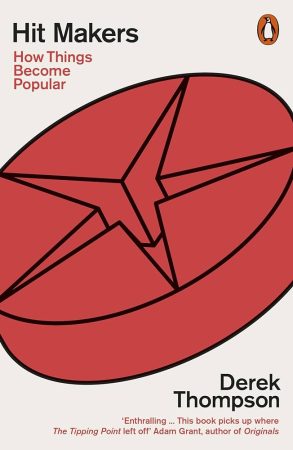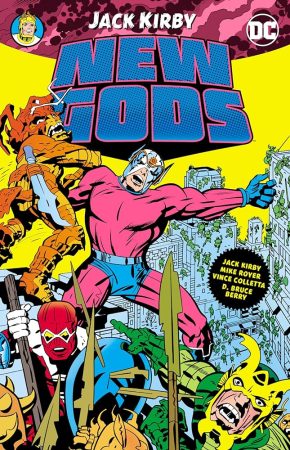As a lover of a good story, and a marketer and innovator, Hit Makers: How Things Become Popular was always likely to be a book I would enjoy. And enjoy it I did. While its focus is on a wide range of cultural and artistic ‘hits’ from music, movies, television, books, games and apps, one of the things I really liked was how often the stories had a ‘moral’, a ‘rule’ or ‘principle’. What is so good about these principles are just how widely they are applicable; right across all of the different fields on innovation.
Early on, Thompson tells the stories of Brahm’s lullaby Wiegenland and the impressionist painter, Gustave Caillebotte, who became responsible for the lasting fame of the ‘leading seven impressionists’: Manet, Monet, Cézanne, Degas, Renoir, Pisarro and Sisley. The moral he draws from these two stories is that talent, skill and the catchiness of a song are not the be-all-and-end-all of success, but how they need the power of exposure.
He introduces us to the rule of MAYA through the story of Frenchman Raymond Loewy, who moved to New York where he became known as the father of modern industrial and product design. MAYA stands for ‘Most Advanced Yet Acceptable’, and relates to the idea that people gravitate to products that are bold, yet instantly comprehensible. Thompson says that ‘this insight has since been validated by a fleet of studies in the last hundred years. It’s been used to explain earworms in pop music, blockbusters in movie theatres and even the success of memes in digital media.’
In some ways, Hit Makers follows the MAYA principle
There are obvious comparisons with Malcolm Gladwell’s style and especially his best-seller The Tipping Point making it acceptable and accessible but there is also enough new, ‘advanced’ and different to interest, intrigue and inform us on what it takes to make a ‘hit’.
The Star Wars story is told with relish and includes some parts I knew, and highlights various sources of inspiration. But it also talks about others I didn’t know. For example, he tells how George Lucas was a reader of the comic series The New Gods, in which the hero channels a power called the ‘source’ and the villain, Darkseid, is dressed in black armour and turns out — you guessed it — to be the hero’s father.
Lucas was a ‘ movie mixologist’ and as he once said Star Wars was ‘not like one kind of ice cream, but rather a very big sundae’. The moral here is that borrowing and blending is a great way to innovate. Another hit maker, Steve Jobs, always said he wasn’t an innovator but a tweaker. Thompson also tells how Lucas tried to buy the rights to Flash Gordon but was turned down, which of course highlights another principle — if you can’t get what you want, do it yourself (and others).
There are many more stories — Cheers, Fifty Shades of Grey, Game of Thrones — and many more ‘morals’ in the book but I’ll let you discover those for yourself and hopefully it will inspire you to get innovating. I will however leave you with two fact that I found truly amazing: ‘Between 1550 and 1800, William, John and Thomas accounted for half of all English men’s (first) names’ and ‘Half of English women went by Elizabeth, Mary or Anne.’
Featured image: Dev / Unsplash





































